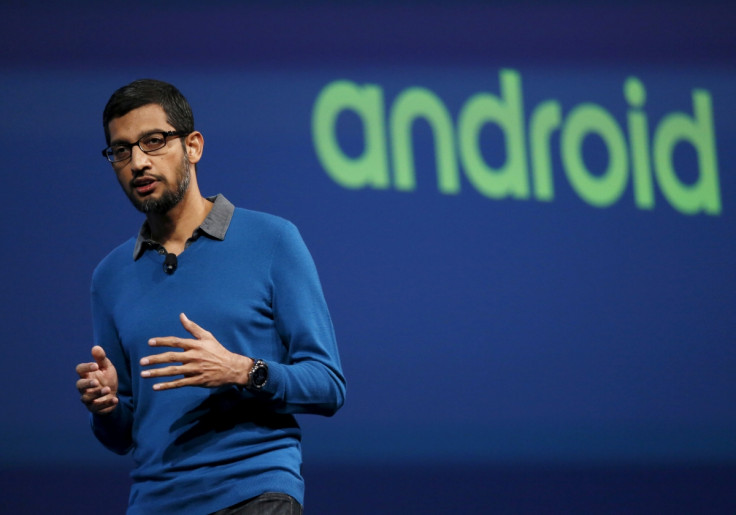Google speculated to launch Android One 2.0 during Sundar Pichai's India visit

Google's ambitious Android One project to give consumers access to stock Android experience in the sub-$100 category may get a fresh makeover as speculation rises on the purpose of Google CEO Sundar Pichai's visit to India on 16 December. Google was said to be working on the second version of Android One, or Android One 2, with more features and 4G facility, partnering new hardware players.
A media invite for the Pichai visit reads:
"At Google, we believe that technology can change people's lives for the better. Indians are coming online at an astonishing rate with affordable smart phones. These new users have a completely fresh view on what the Internet has to offer. Please block your date for an event with Google as we outline our vision for these users."
While some in the media say it is less likely that a product launch will happen at all, most think Android One's new avatar is awaited. In an interview to the Financial Times in August, Google India's head Rajan Anandan had said that the company was planning to revive the Android One programme where it was looking to launch a sub-$50 smartphone.
What is Android One?
Android One is a series of Android OS-based phones by Google in association with other manufacturers launched in India in September last year and were subsequently unveiled in 19 other developing nations including Pakistan, Bangladesh, Nepal, Indonesia, the Philippines, Sri Lanka, Myanmar and Nigeria. Google provides a hardware reference design to smartphone manufacturers, mainly local ones, with specified components that are ordered in bulk by Google to help bring the cost down. Google, however, supports the handset's software distribution and controls the over-the-air Android updates. Running stock Android, the Android One devices receive updates directly from Google.
Google launched the project with a clear objective of targeting the emerging markets of which India was the leader which is experiencing double-digit growth in the handset market. Google did this so as to provide the real Android experience as barring the Nexus phones, most Android devices use the Android Open Source Project (AOSP) version, which is the barebones version of the Operating System.
Under this, different phone companies like Micromax, Karbonn, Spice and LAVA (all Indian manufacturers) take the AOSP and then put their own user interface and apps in it. Although the end result is not exactly the Android that Google perceives a Nexus or Motorola will give, it comes much closer to a stock Android experience.
The project, however, never really caught on due to cutthroat competition. Counterpoint research says shipments of the first three versions of Android One totalled just 1.2 million units in India in the first year, representing just 3.5% of the market for devices that cost $50 to $100. At the same time, Xiaomi's Redmi model from China secured 7.5% of the market.
© Copyright IBTimes 2025. All rights reserved.





















